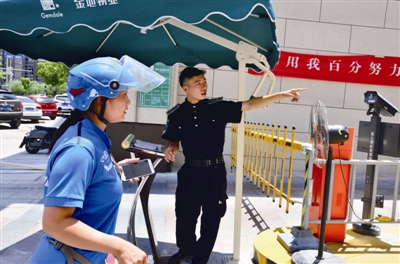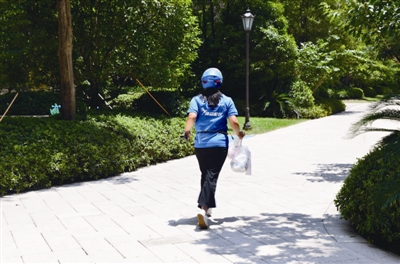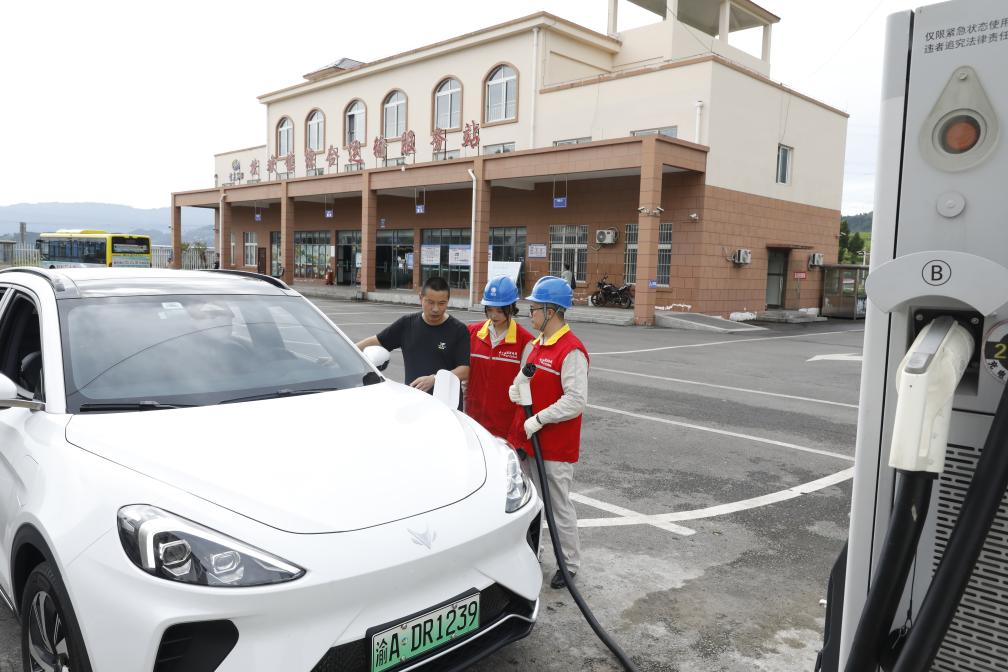[car home Information] Unconsciously, the topic of the series of heavy new cars to be listed at the 2023 Guangzhou Auto Show has come to the final issue. In this issue, we mainly screen cars and MPV models for everyone, which include a new generation (|), a new generation of Mercedes-Benz E-Class, a new generation of modern Sonata, Krypton 007, Ideal MEGA and many other popular models. If you are going to buy/exchange a car /MPV model during the year, I think these models are not allowed. Without further ado, let’s get into the text.
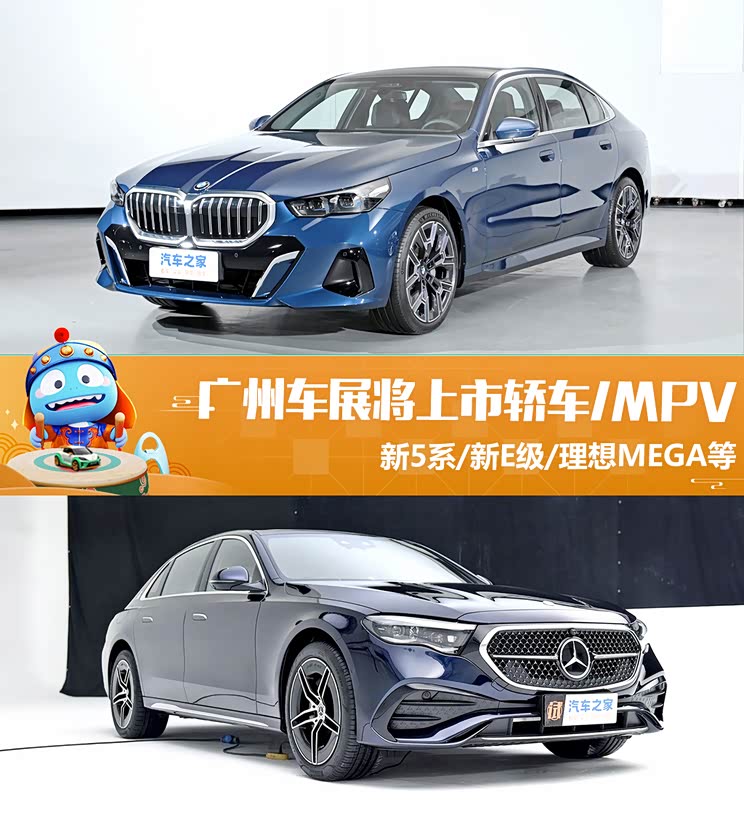
◆ A new generation of BMW 5 Series
Time to market: January 2024
As the first car introduced in the article, let’s take a look at the new generation BMW 5 Series long wheelbase model with very high heat, which has been unveiled at Guangzhou Auto Show. The new car as a whole follows the design of overseas models and has been declared by the Ministry of Industry and Information Technology.
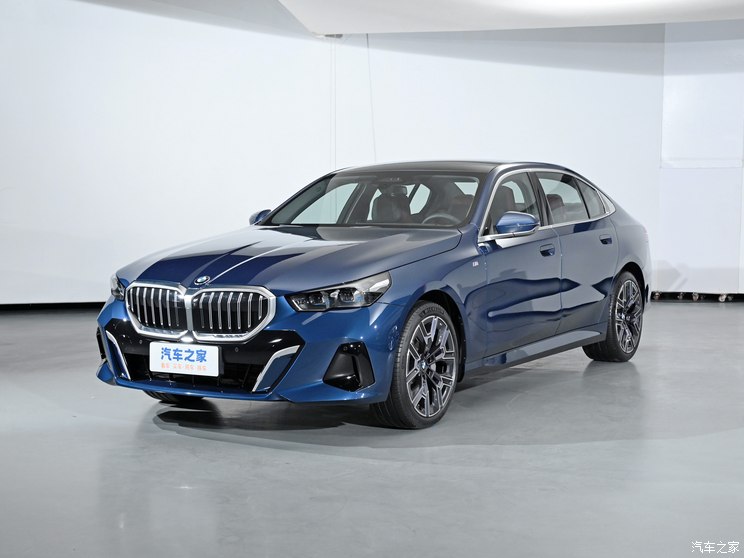
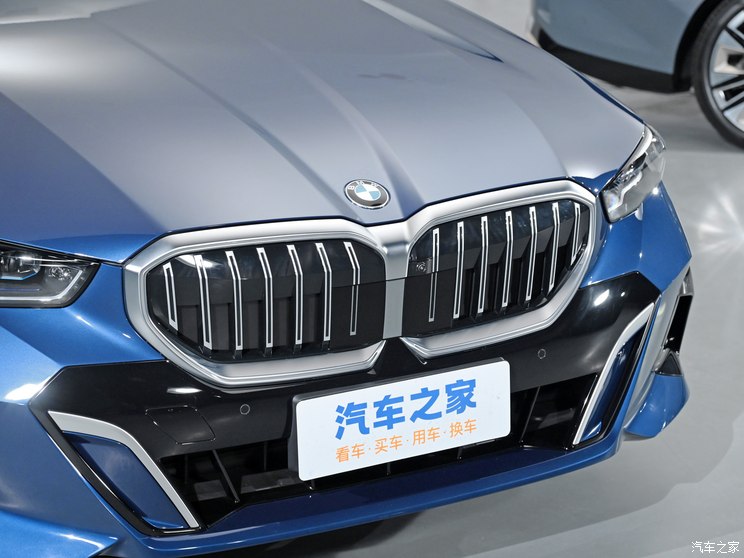
The new domestic BMW 5 Series long wheelbase version has been declared by the Ministry of Industry and Information Technology. The new car basically continues the design of overseas models. Compared with the current BMW 5 Series, the front face is more tough and looks dynamic and powerful. The new car will be equipped with a ring-shaped grille and boomerang daytime running lights as the latest design of BMW brand, but the giant "big nostrils" design of BMW 7 series is not used, and the overall shape is relatively restrained.
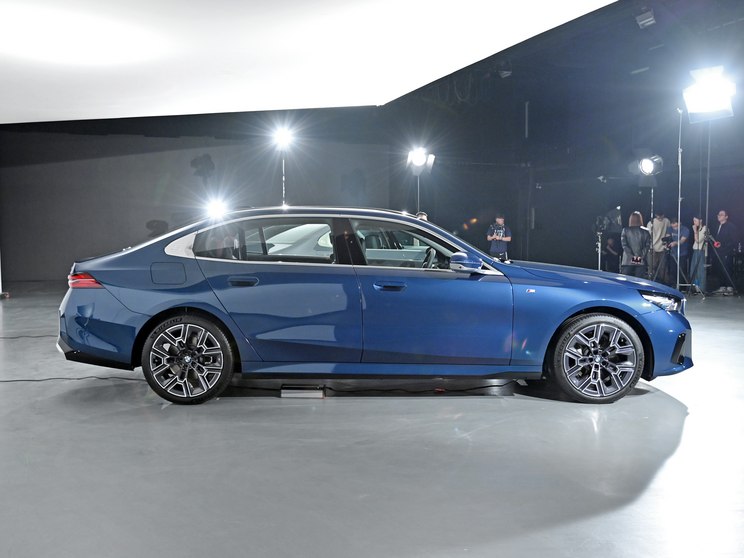
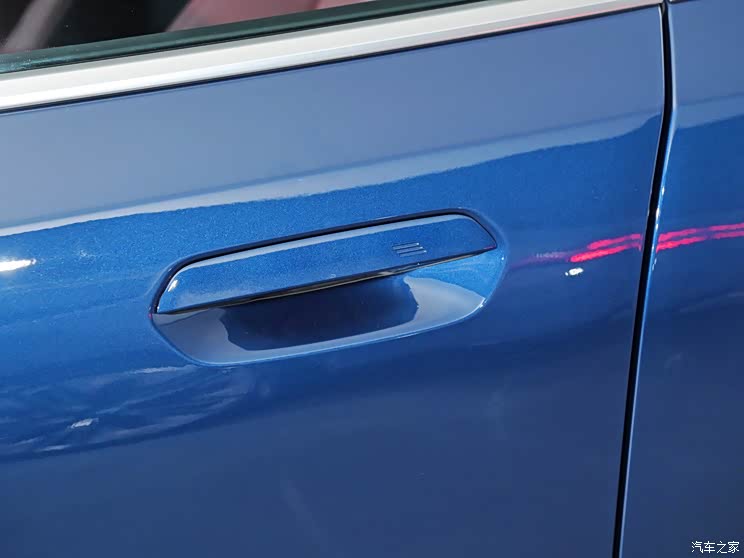
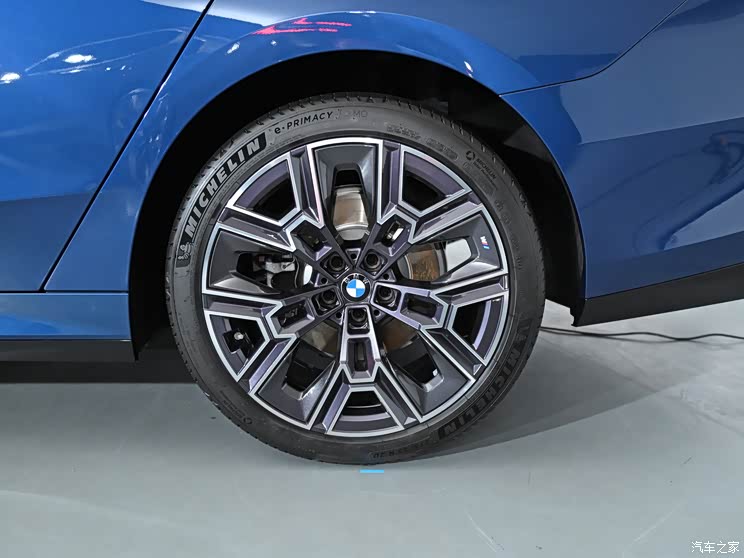
Semi-hidden door handle flush with the door, flat roof antenna make the side of BMW 5 Series look smoother, and the iconic "Hough Corner" of the rear door is integrated with the C-pillar. This idea is reflected in the current BMW 3 Series and 7 Series, and BMW has also added the details of the embossed number "5" on the black plaque, which is self-evident.
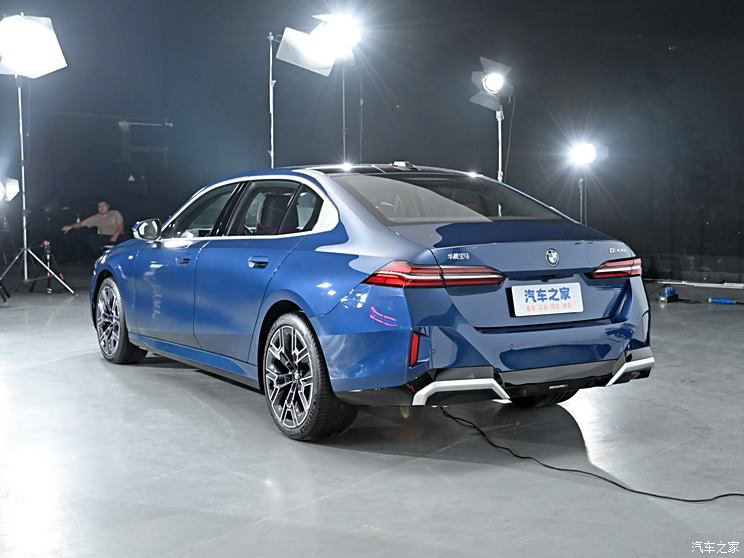
The obvious change in the tail is the lamp group, which adopts simple horizontal lines, making the visual effect more slender and exquisite, and redesigns the cover to better fit the vehicle shape on the profile. According to the application information, in terms of body size, the length, width and height of the new car are 5175/1900/1520mm and the wheelbase is 3105mm respectively.
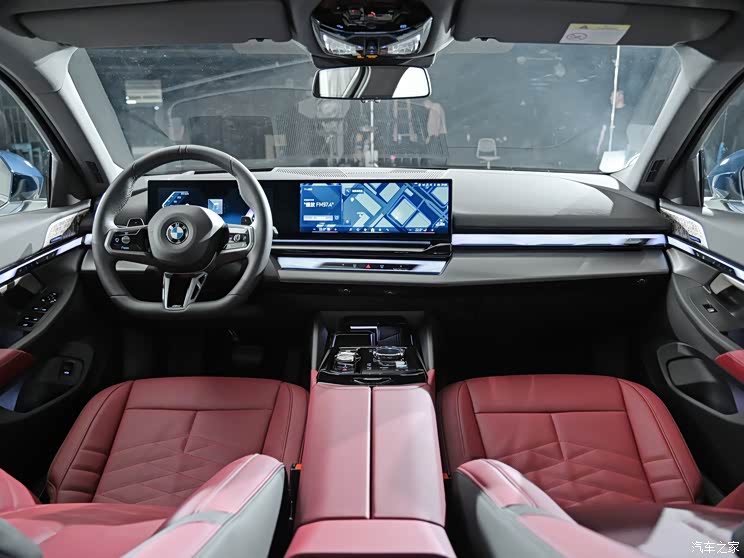
The interior also adopts the latest family style, including the continuous screen design of 12.3-inch instrument +14.9-inch central control panel, and the new style sports steering wheel. The new car will be equipped with iDrive 8.5 system, and the intelligence will be further improved. IDrive 8.5 is developed based on Linux system, and the new system introduces the design of QuickSelect to improve the menu structure, so that drivers can access the set common functions quickly and conveniently. At the same time, BMW has also optimized the entrance logic of functions, and the entrance of applications and vehicle settings is more intuitive. The applications on the menu can also be adjusted according to the user’s usage habits and preferences.
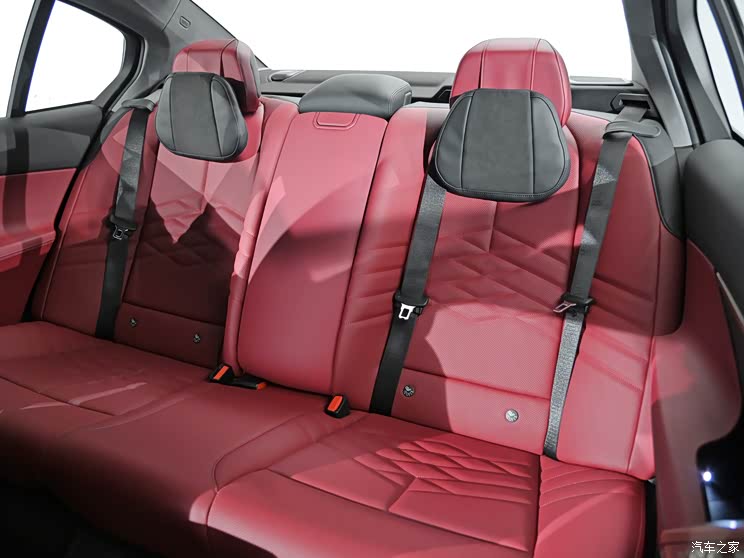
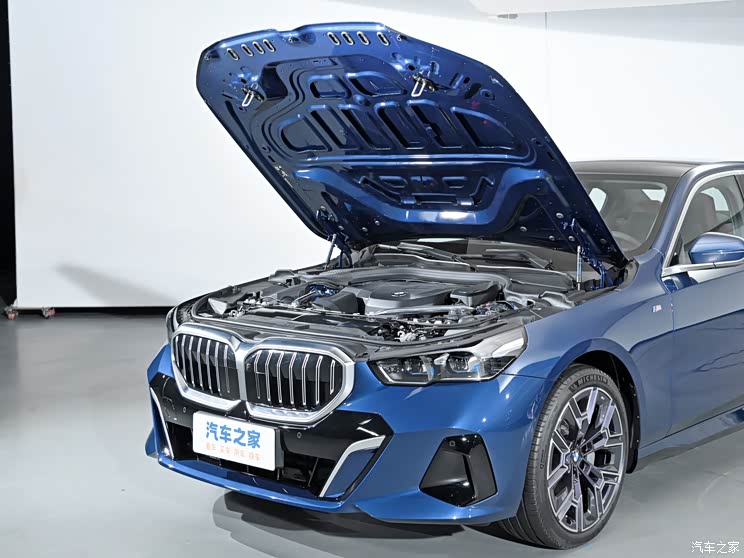
In terms of power, the new 5-Series fuel version is equipped with a 2.0T inline four-cylinder turbocharged engine and 48V light mixing technology, with a maximum power of 190 kW and a peak torque of 400 Nm. The previously declared 525Li version has a maximum power of 156 kW.
◆ Edit comments
Although the appearance and interior of the new 5 Series are not amazing, the latest family design language passed down by it still gives the new car a strong BMW brand atmosphere. At the same time, the new BMW 5 Series is still built on the CLAR platform, which has the strategy of dual-track of oil and electricity. The platform can simultaneously derive the fuel version and pure electric version of the same car. The new BMW 5 Series based on CLAR platform still pursues BMW’s traditional 50:50 front and rear weight ratio, which puts the handling in a very important position.
It is worth mentioning that, according to previous information, the domestic current BMW 5 Series will be completely discontinued after November, of which the 5 Series standard wheelbase version (G30) was discontinued in June, the plug-in hybrid version (G38 PHEV) was discontinued in September, and the 5 Series long wheelbase version (G38) will be officially discontinued after November, that is to say, consumers can still buy BMW 5 from December. So, depending on your needs, do you want to buy cash to enjoy a discount, or wait for a replacement model to enjoy the latest value and driving technology? Welcome to interact in the comment area and express your thoughts. (Of course, if it were me, I would choose a new model. After all, I have to consider the future used car market. )
◆ BMW i5
Time to market: January 2024

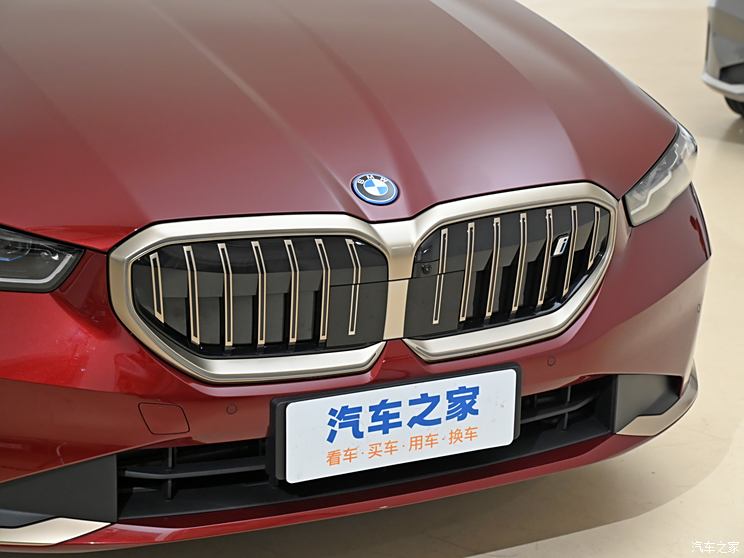
After seeing the completely new BMW 5 Series, let’s take a look at the BMW i5 model. According to the previous plan, a new generation of domestic BMW i5 will start production in January next year. In terms of appearance, the new car has a sharper line design, which outlines a more distinct sense of angularity. In the front part, the new car still adopts the kidney-shaped front grille design, and the champagne gold elements are integrated around the grille and the front enclosure, which plays a very good role in embellishment. At the same time, we can also see similar designs at the rim. In addition, the new car has simplified the angel eye headlights to make them more in line with the minimalist aesthetic trend of the current era.
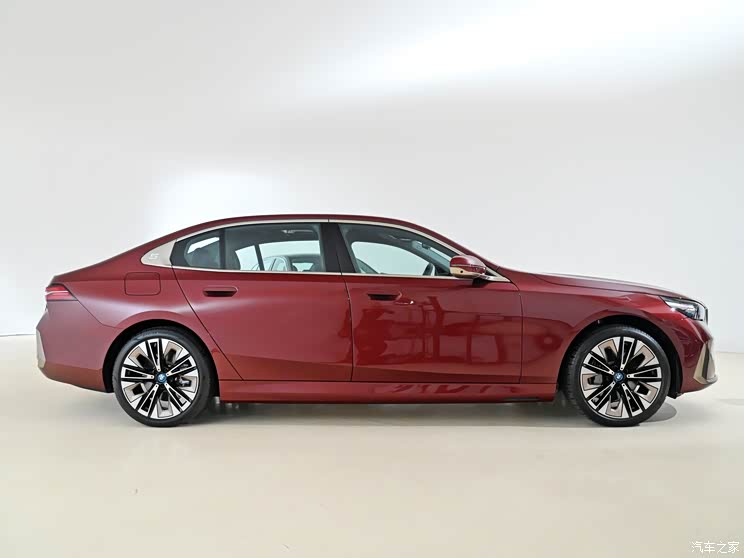
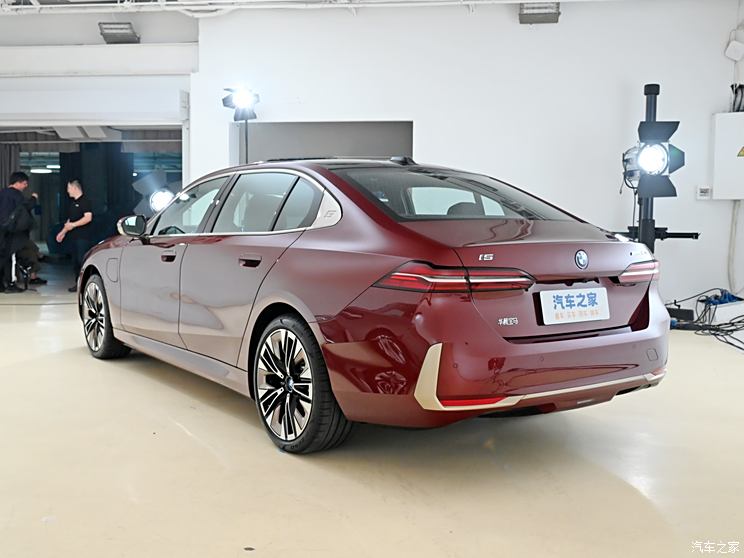
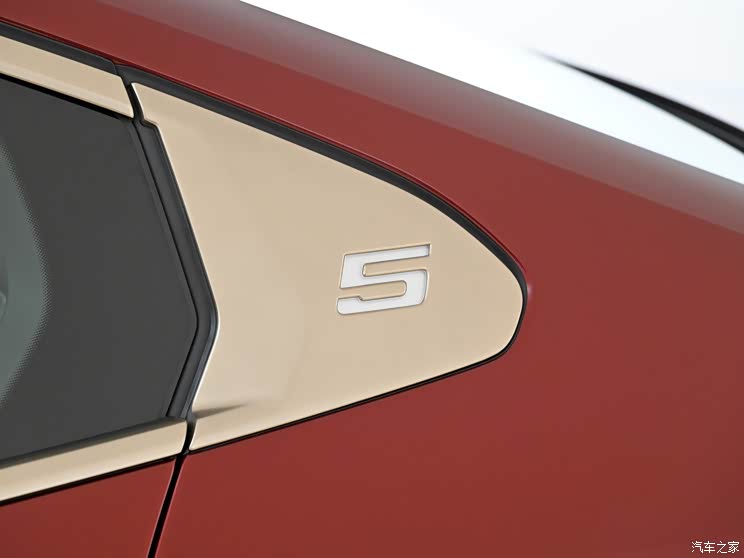
Coming to the side of the car, the new car has a very stretched visual experience, inheriting the elegant temperament of the BMW 5 Series. In the rear part, the new car will adopt a highly recognizable taillight design and incorporate L-shaped chrome decoration, highlighting the luxury attributes of the vehicle. In addition, the new car also designed a "5" bright logo at the corner of Hoxhorn, which can produce a blue breathing effect when the vehicle is charging, which is an exclusive customized design element for domestic users.
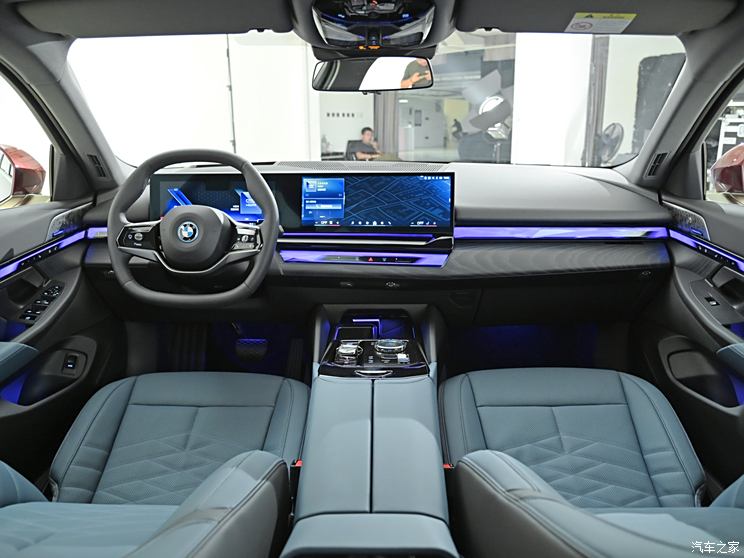
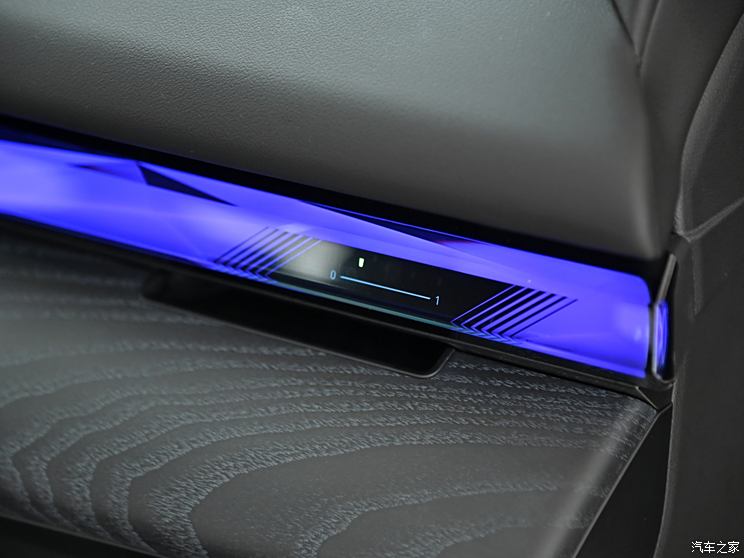
Entering the car, the new car is built with the latest generation of family-style design language, reaching the leading level of the brand. First of all, the new car will be equipped with a 12.3-inch LCD instrument+a 14.9-inch touch screen, and adopt the currently very popular joint screen design. In addition, the new car will also be equipped with an encircling interactive light belt, and the concealed air conditioning air outlet will be integrated with the light belt design to make the visual effect inside the car more simple. Finally, the design of the flowing gold plaque in front of the co-pilot was inspired by China, in order to blend a touch of oriental charm into the luxurious atmosphere.
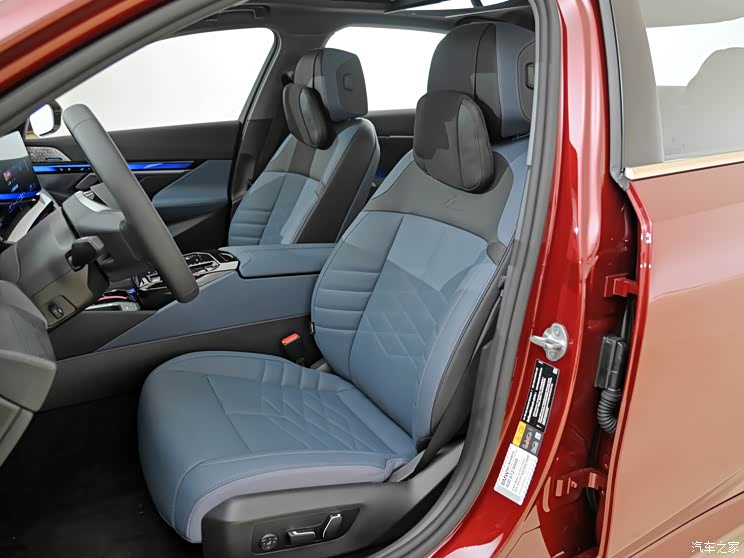
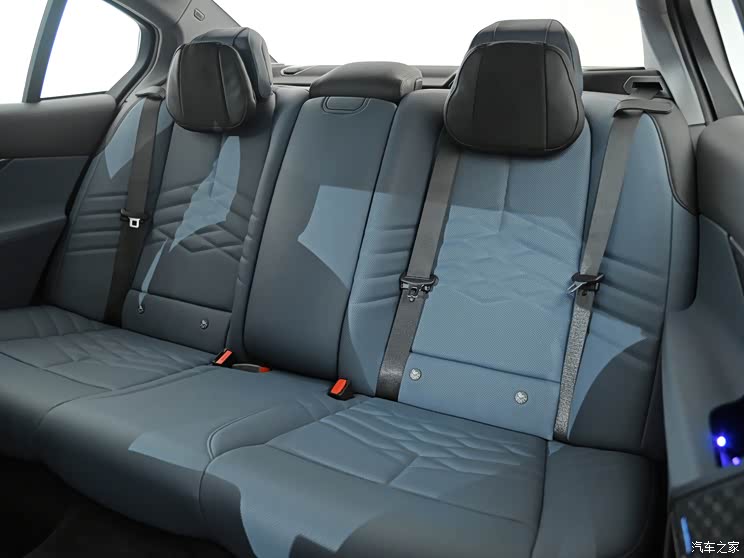
In addition, the new car has been upgraded for the rear row. It is worth mentioning that the new car will be equipped with a rear suspended giant screen. This luxury configuration from the BMW 7 Series will become the exclusive option for domestic long-wheelbase version of the 5 Series customers (not available in overseas versions). The screen size reaches 31 inches, the resolution is 8K, and it supports real-time interconnection. Not only that, the new car will also be equipped with Bowers & Wilkins surround sound system, four-zone automatic independent air conditioning (with independent control panel in the rear) and other high-level configurations. Finally, the front seat backrest will also be equipped with the Chinese character "five" exclusive logo, further highlighting its special status as a domestic version of the model.
The BMW i5 adopts the upgraded fifth-generation eDrive electric drive system, and the eDrive 40 will be equipped with a rear motor, with a maximum power of 340 HP, a peak torque of 430 Nm, an acceleration time of 6.0 seconds from 0 to 100 km/h and a top speed of 193 km/h.. In order to make effective use of space, the 81.2kWh high-voltage battery pack of BMW i5 is placed under the car body. The cruising range of the eDrive 40 model under WLTP is about 497-582 kilometers.
◆ Edit comments
As a model favored by domestic users, the BMW 5 Series has ushered in the eighth generation of products, and this time coincides with the electrification wave of the automobile market. Therefore, the BMW i5 came into being. In the future, a new generation of BMW 5 Series will be put into production in the BMW Brilliance Dadong factory following the BMW iFACTORY strategy. According to the official, the new car will be a model with emotional design, luxury, electric fun and intelligent technology. Are you excited to see the above product display and information introduction? If you plan to buy an electric car, will you consider BMW i5? Which model should we consider? Welcome to leave a message in the comment area for interaction.
◆ A new generation of Mercedes-Benz E-Class
Time to market: within 2024.
Pre-sale range: 450,000-540,000 yuan
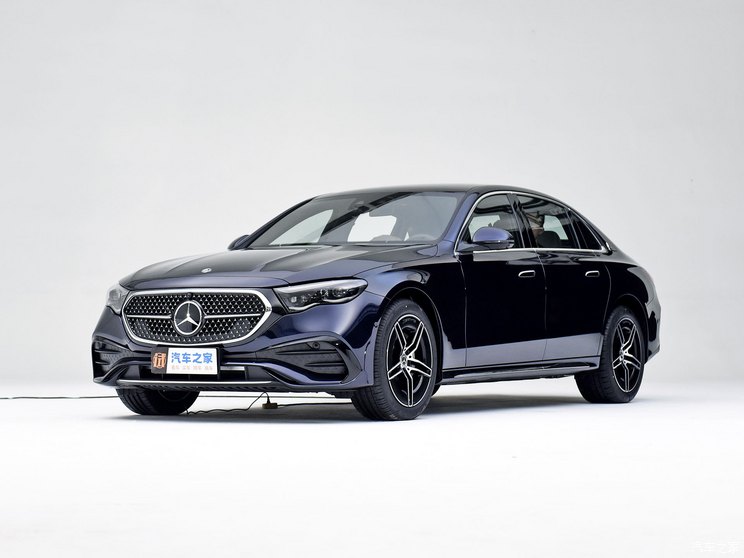
『Large standard/standard version』
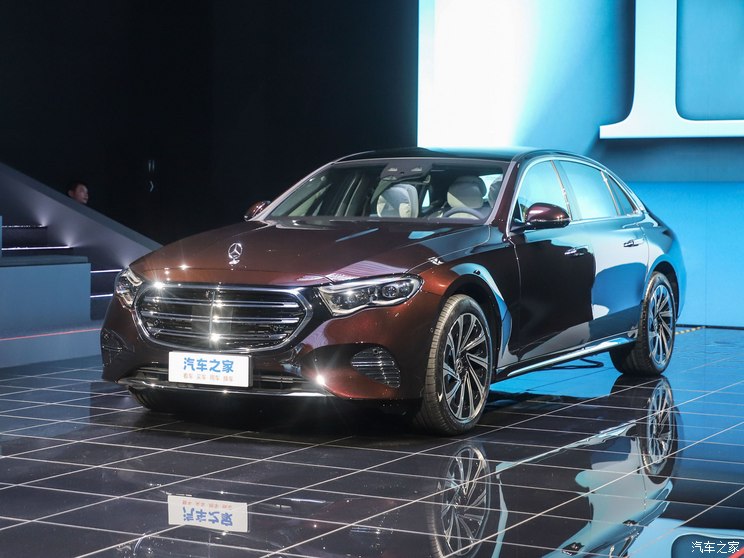
After seeing two heavy BMW models, let’s take a look at the new generation of Mercedes-Benz E-Class long wheelbase models. The car has been pre-sold during the auto show, and the pre-sale price range is 45.00-540,000 yuan. The new generation of Mercedes-Benz E-Class has a more recognizable front face design, and the headlight shape reminds us of the former "peanut lamp". The new car still provides a large standard version and a vertical standard version, which respectively reflect the sports and luxury styles. Among them, the large standard version uses a lattice grid inside the net, which looks close to the electric EQ series.
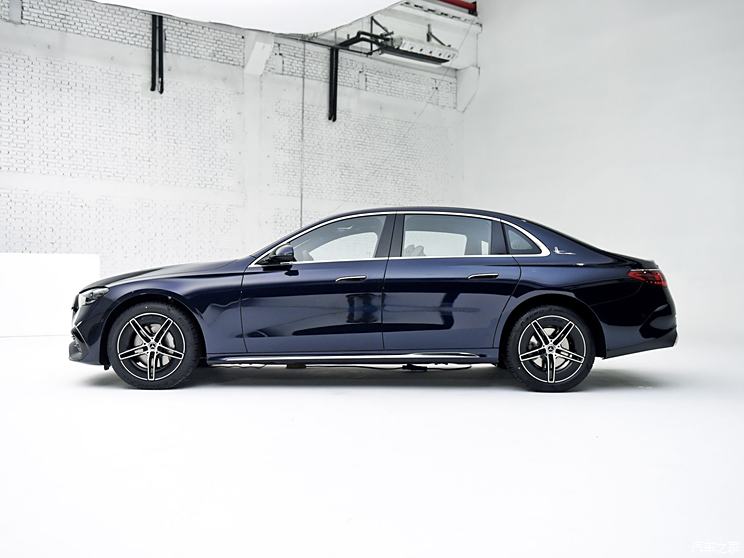
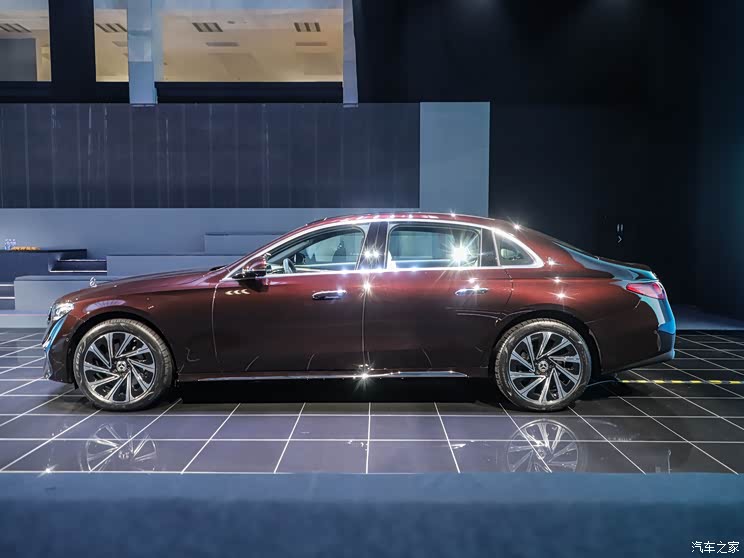
The new car has a slender side design, which is the same as that of the previous generation. Instead of directly lengthening the door, it has a C-pillar triangular window similar to that of Maibakh, reflecting the distinguished atmosphere of the extended version. This generation of models uses a hidden door handle, and at the same time has a "meteor glimpse" light carpet and LED star emblem spotlights. The drag coefficient of the new car is reduced to 0.23Cd.
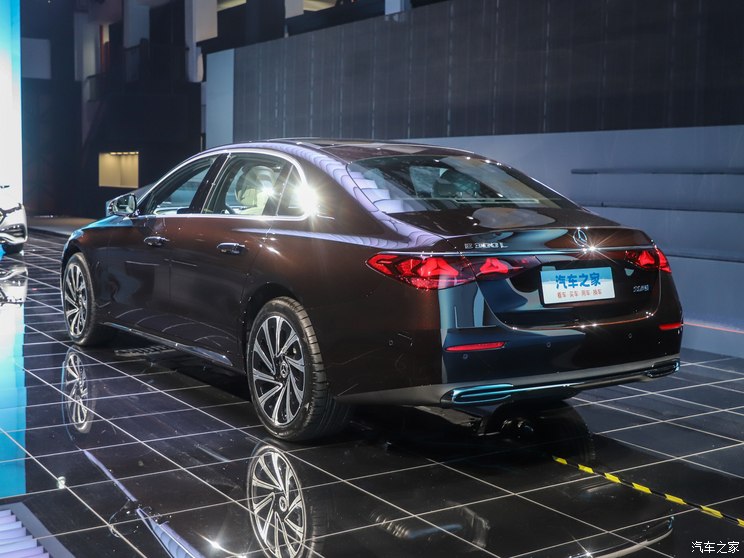
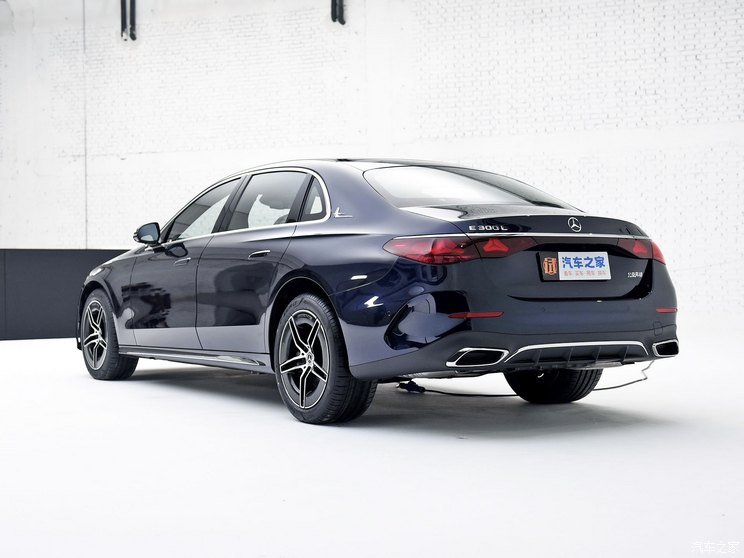
The design of the rear of the car echoes the front of the car. The bottom of the light group is wavy, and the internal light group adopts Mercedes-Benz Xinghui design, which is full of ceremony. In other respects, it is quite satisfactory. The length, width and height of the long-axis model are 5092/1880/1493mm respectively, and the wheelbase reaches 3094mm, which is 133mm longer than that of the standard-axis model.

The new E-class interior design is consistent with its EQ series, with triple screens and the latest MBUX intelligent human-computer interaction system. It is worth mentioning that it is also equipped with 8295 intelligent cockpit chip, and at the same time, it is optimized for localization in China, supporting iQiyi, Tencent video, volcano car entertainment, QQ music and Himalaya.
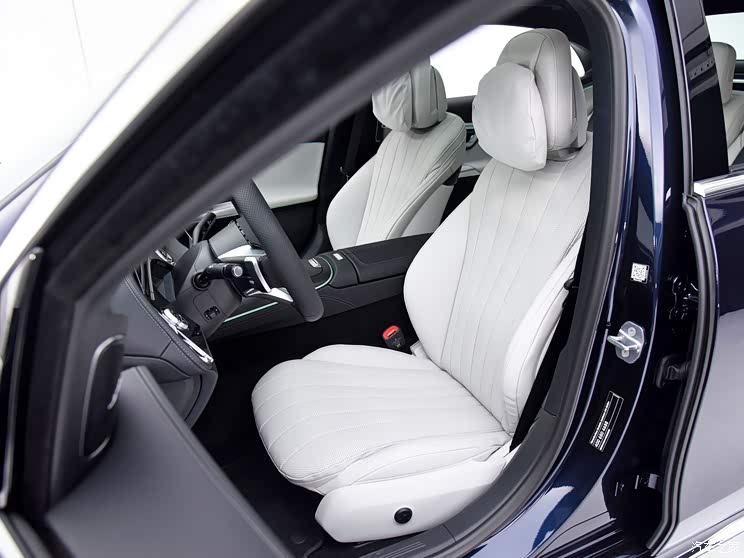
The brand-new E-class exclusive 360 surround ambient light made in China has a more sense under the new function of "following the sound". This function works with the audio system, which can automatically change the interior lighting system according to the rhythm of music. With the Burmester audio system with 21 speakers and the oscillator built in the front seat, the sound rhythm is more stereoscopic and the feeling is upgraded again. In terms of voice function, the new car supports full-scene wake-up-free, multi-command recognition and colloquial interaction. The system can achieve millisecond response, and more vehicle control functions that can be operated by voice assistants have been upgraded.
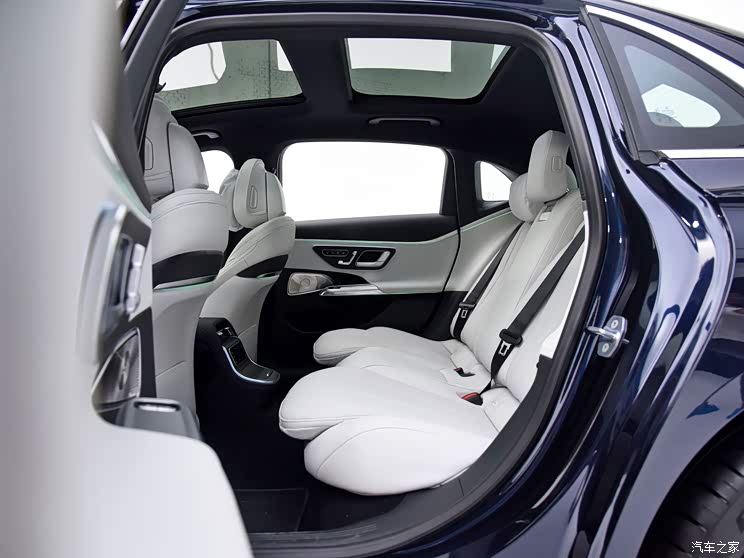
As for the rear seat, the brand-new E-Class made in China has brought 11 luxury and comfort additions to the rear seat exclusive to China, such as lengthening the rear seat cushion, electrically adjustable rear seat leg rest and rear ambient light.
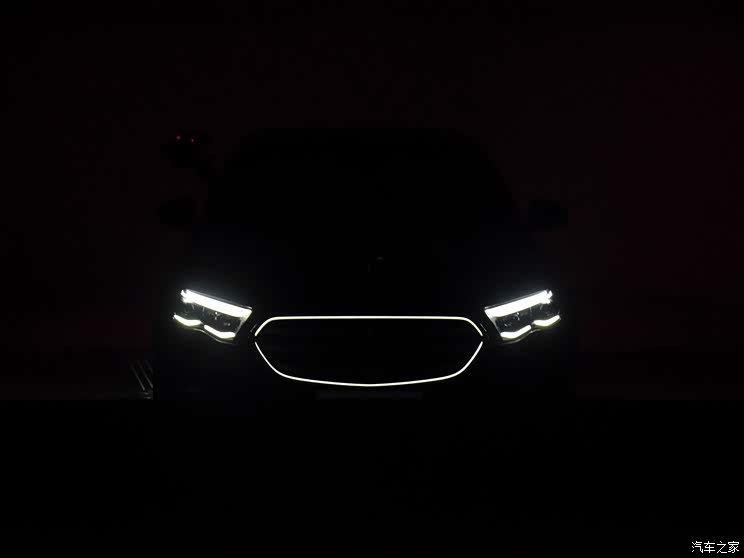
In terms of driving assistance, the new car can realize L2+ navigation-assisted driving, and can automatically change lanes, overtake, leave the cart and enter and leave the ramp on expressways and urban expressways, and the details are more customized for localization, with smaller lane-changing space and lower lane-changing speed (50 km/h). In the power part, the domestic long-axis model will be equipped with M254 2.0T engine, and the maximum power of the E 260 L model is 204 horsepower. The maximum power of the E 300 L model is 258 horsepower.
◆ Edit comments
Since its inception in 1946, Mercedes-Benz E-Class has delivered more than 16 million vehicles worldwide. The change of the whole new generation of domestic Mercedes-Benz long-wheelbase E-Class can be said to be beyond expectations. While maintaining the elegant and luxurious temperament of the executive-class car, it is also good at "whole life", which adds a lot of fashion flavor and sense of technology to this car, and its attraction can be said to be very enough. It is worth noting that, combined with the pre-sale price range of 450,000-540,000 yuan announced this time, in the same price range, Mercedes-Benz E-Class will not only continue to face old friends such as BMW 5 Series and Audi A6L, but also compete with many new domestic power models to see if it can win a strong jackpot, but also whether the final listing price and related rights are attractive enough.
◆ A new generation of modern Sonata
Time to market: March 2024
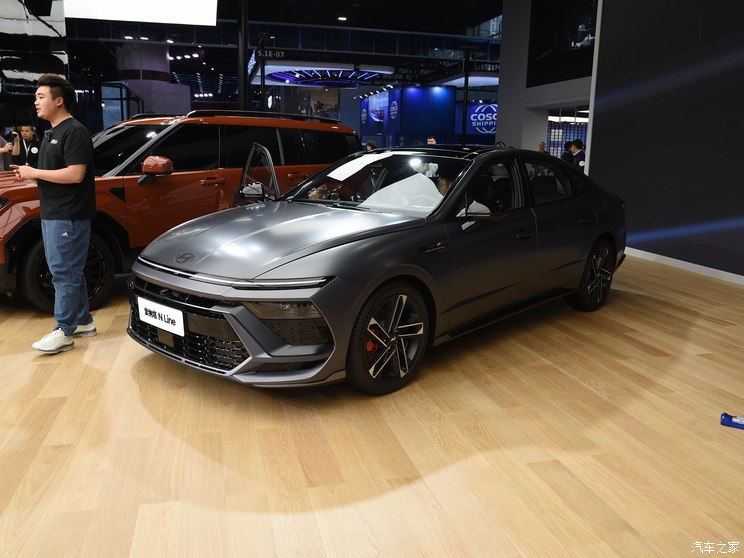
"『N Line version; Ordinary edition "
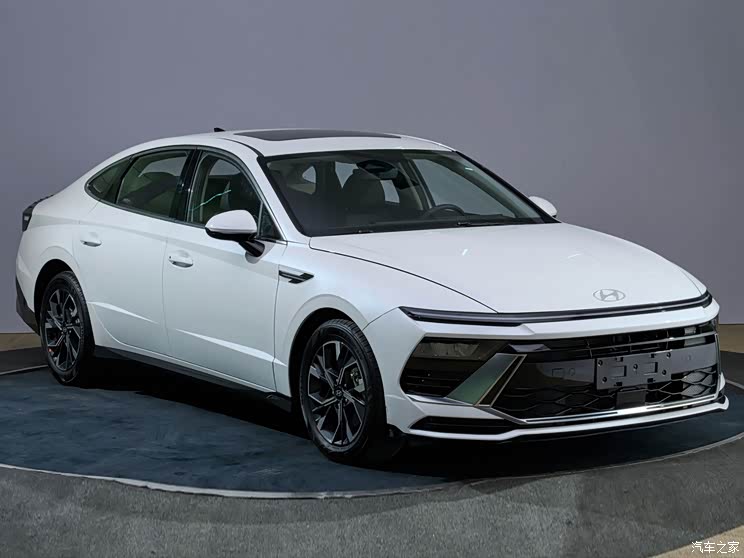
According to the previous information, the new generation Sonata and Sonata N Line models will be pre-sold in January 2024 and completed in March. In terms of appearance, we photographed the Sonata N Line model at the auto show, and the regular version has also completed the declaration of the Ministry of Industry and Information Technology. The new car adopts a brand-new design language, and it is younger and more scientific as a whole. Specifically, the car uses a split headlight group, while the daytime running lights use a penetrating shape, which is more designed with a large trapezoidal air intake below. At the same time, there are two versions, the normal version and the N-line version. The latter mainly blackens the details in appearance to make it look more sporty.
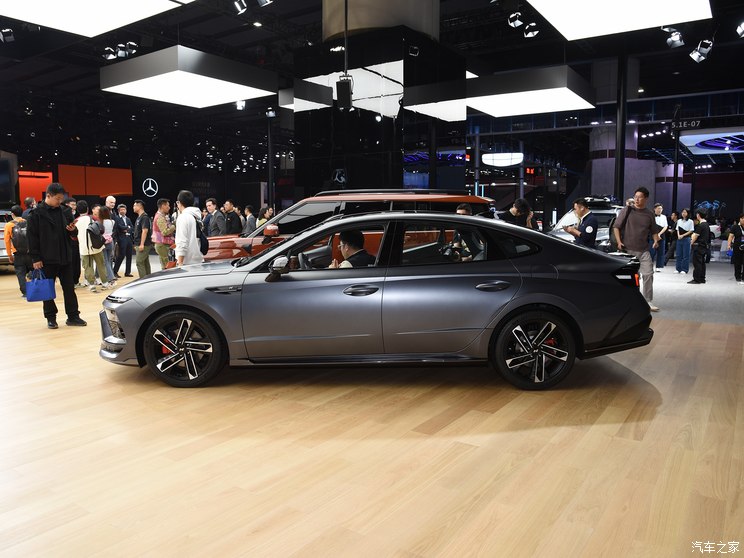
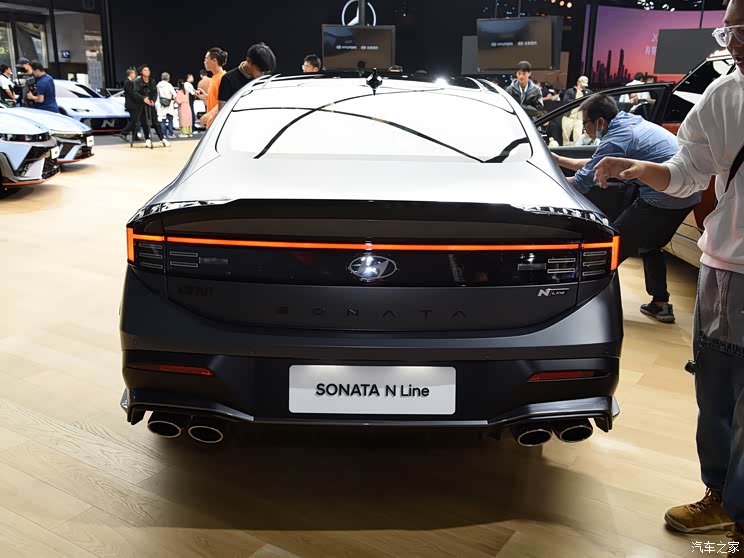
On the side of the vehicle, you can see the shape of the sliding back. The roof is pressed backwards from the front row, and the coupe design is adopted. On the tail side, it adopts the popular through taillight group, which has a prominent layering. At the same time, the overall lines at the rear of the car are rich, thus improving the recognition of the car. In addition, the N-line version adopts a bilateral four-outlet exhaust layout, and the fender has an exclusive logo and will provide 19-inch wheels.
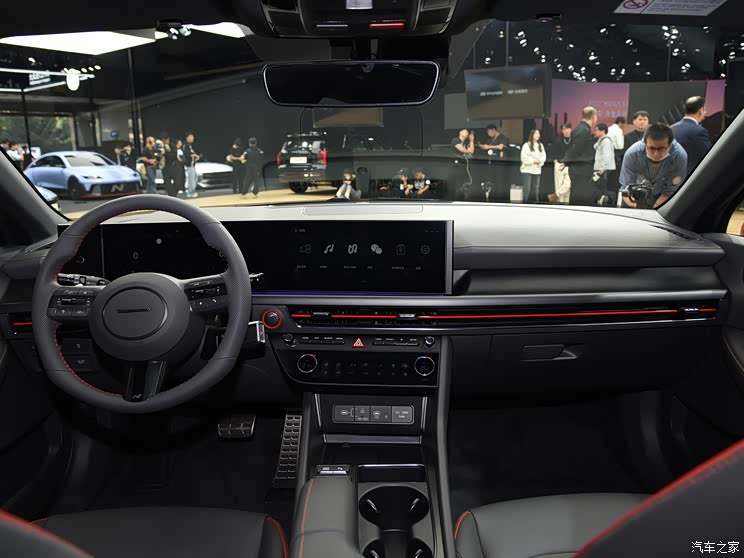
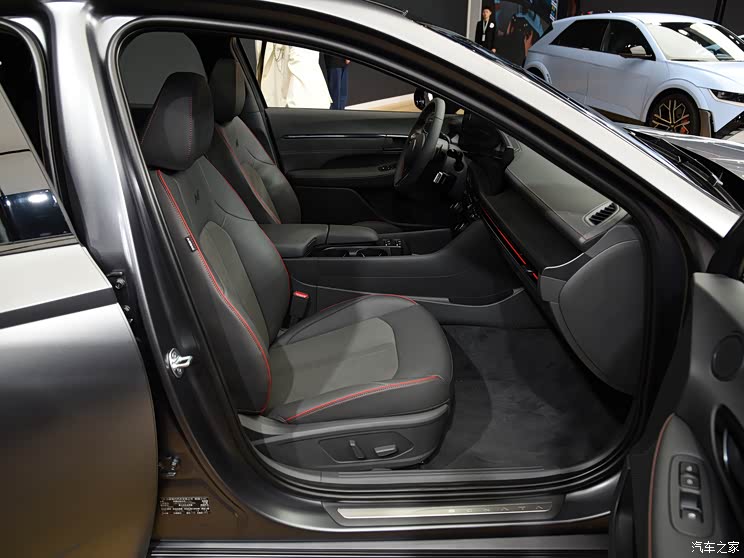
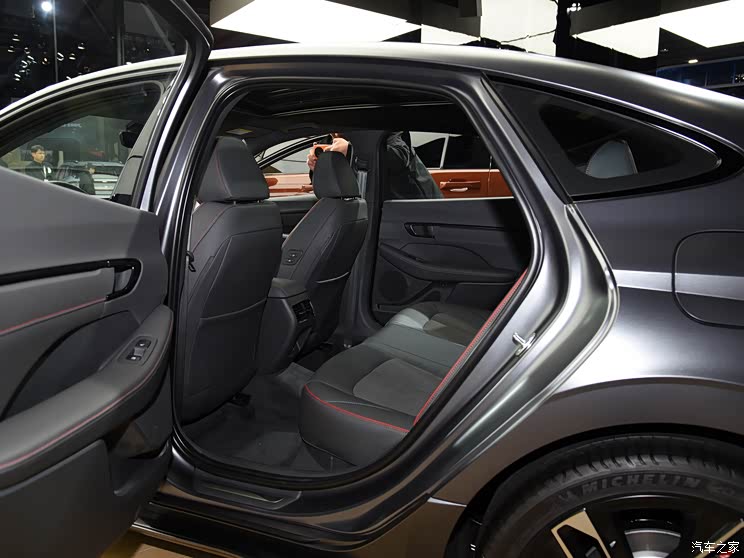
In the interior, the car adopts an integrated screen design consisting of double 12.3 inches and increases the visual effect of the curved surface. With the brand-new three-spoke multi-function steering wheel, the car looks very textured. At the same time, the car uses a through air conditioning outlet to enhance the layering of the vehicle. At the same time, the car will be equipped with a large skylight, a 12-speaker BOSE sound, and a number of adjustments in the main driver’s seat, thus increasing the driving experience of the car.
In terms of power, according to the application information, the new car will be equipped with 1.5T and 2.0T turbocharged engines, the former with a maximum power of 125 kW and the latter with a maximum power of 184 kW.
◆ Edit comments
It can be seen that Beijing Hyundai’s new Sonata, which was unveiled at the Guangzhou Auto Show, is basically the same as the overseas version, except for fine-tuning the details and high overall recognition. As an understanding, the Sonata currently sold in China is the tenth generation model, which was launched in July 2020, and will become the eleventh generation model with the domestic launch of the car in the future.
It is worth mentioning that the modern Sonata once enjoyed great popularity in the domestic market. As early as 2002, the fifth-generation Sonata opened the door to China, and then the eighth-generation Sonata, which was launched in 2011, reached its climax. At that time, its market performance even lost to competitors such as Magotan and Camry. However, since then, the two generations of products have gradually declined. It has been reported that the 11th Sonata will become the last generation product due to the sluggish market performance. So do you think the new Sonata will be successful this time? Welcome to interact in the comments section.
◆ Extreme Krypton 007
Time to market: January 2024
Pre-sale price: from 229,900.

Extreme Krypton 007 made its debut at Guangzhou Auto Show and started the pre-sale. The pre-sale price was 229,900, and the deposit of 1000 yuan could be deducted by 6,000 yuan, equivalent to 224,900. At the same time, the car will be delivered in January next year. On the design level, Krypton 007 was personally manipulated by Stefan Sielaff’s team, so that it could completely renew its design language. Specifically, the car adopts the Hidden Energy minimalist luxury shape design, the front face shape is more rounded, and the design of the hood bulge brings a sense of exquisiteness. At the same time, the headlights are slim, scientific and fashionable.


From the side of the car body, it adopts a coupe-like body, which makes it have excellent visual texture. At the same time, the front and rear raised eyebrow lines greatly enhance the muscle sense of this car. Of course, the hidden door handle is not absent, thus improving the drag coefficient of the vehicle. On the tail side, the car adopts the popular penetrating taillight group, and it is suspected that the brand LOGO is added in the center, thus enhancing the visual layering of the tail. In terms of vehicle size, the car has a height of 1450mm and a wheelbase of 2928mm, and is positioned as a medium-sized car.
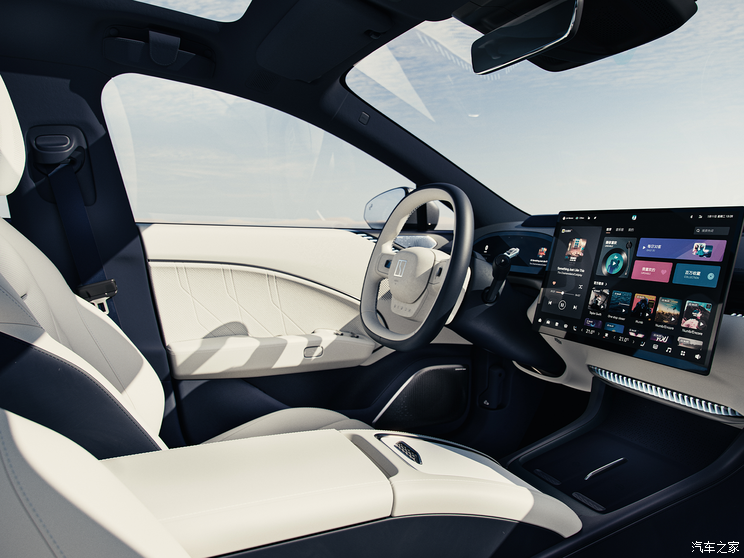
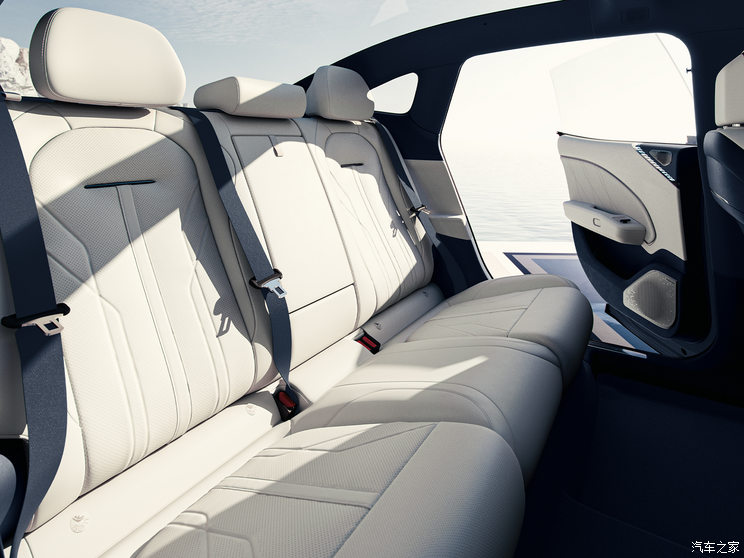
According to the official, Extreme Krypton also combines scientific and technological means to create intelligent interactive aesthetics, and pioneered the ZEEKR STARGATE integrated intelligent light curtain with the world’s largest 90-inch ultra-wide display area on Extreme Krypton 007, opening a new interaction in the electric age. Smart light curtain supports custom light language settings, making it the most recognizable inner car, whether parking or driving. The car is equipped with 8295 intelligent cockpit computing platform and Kr GPT AI large model, with a central control screen size of 15.05 inches and a 35.5-inch AR-HUD head-up display system. In addition, the new car is also equipped with a 21-speaker 71.4 Dolby panoramic sound, and the front seats have electric cushion extension function.
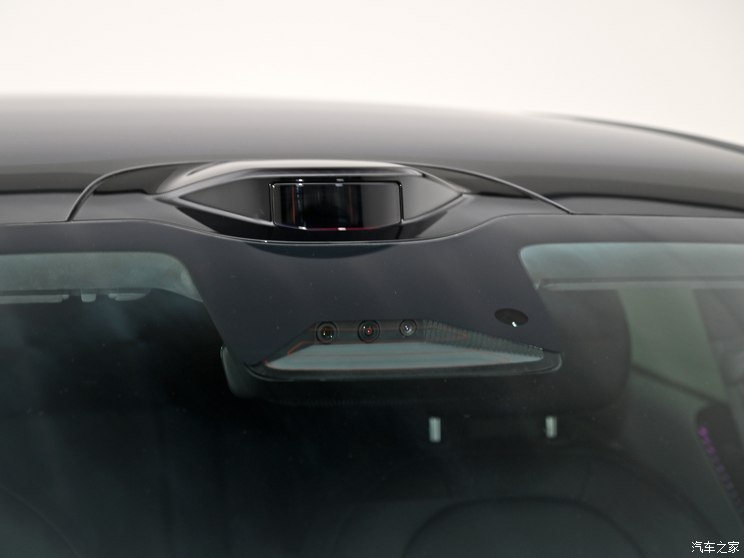
The new car will be produced based on PMA2+ platform, so we also saw the lidar device on the roof. It is reported that the new car is expected to be equipped with double wishbone front independent suspension, 800V electrical architecture, Snapdragon 8295 chip and three laser radars, etc., and the overall product strength will be greatly upgraded.


In terms of power, the new car is built on the basis of 800V architecture, and equipped with the same silicon carbide rear motor with Krypton 001 FR. Single-motor and dual-motor versions will be launched, in which the single-motor power can reach 310 kW, while the front and rear motors of the dual-motor version are 165 kW and 310 kW respectively, with the fastest acceleration time of 2.84 seconds at 0-100km/h and the acceleration time of 0-100km/h at the rear-drive version of 5.4 seconds, which is standard.
◆ Edit comments
According to the official information released before, the order volume of Krypton 007 exceeded 20,000 units within 48 hours after the pre-sale. It is worth mentioning that the NZP high-speed autonomous navigation assistance system is opened immediately after the new car is delivered, which can be used all over the country. The car is built on the platform of PMA2+, positioned as a medium-sized car, and has 800V electrical architecture, Snapdragon 8295 chip, double wishbone front independent suspension and laser radar. It can be said that it integrates all the most concerned "BUFF" in the current electric vehicle market. What do you think of this car? In terms of face value or three "800", can it impress you? Welcome to interact in the comments section.
◆ A new generation of Toyota Camry
Time to market: March 2024



According to what we learned at GAC Toyota booth, the new generation Camry will be listed in March 2024 at the earliest. The car is built on TNGA-K platform, and the local design is adjusted for the domestic market. According to different configurations, a total of three exterior shapes are launched, which have distinct style differences and meet different aesthetic needs. It can be seen that the new car is built with the latest design ideas of the brand, but some traditional elements have also been continued, such as the layered front face design and the overall design style of X shape. It can be seen that the differences between the three different versions of the car are mainly concentrated in the front grille of the "big mouth", one is designed for the honeycomb grid, which highlights the sense of movement; The other is designed for diamond elements, which looks more exquisite. Of course, the most sporty XSE models mainly add sports kits on the basis of SE styles to enhance the sports style.




On the side of the car, the new car has distinct muscle lines, and the waistline design is one of its biggest design highlights. In addition, the sports version is equipped with a unique sports style rim. At the same time, the XSE version adopts a roof design different from the car body to create a suspended visual effect, which can be said to accurately hit the preferences of young users. At the same time, it will also provide a 19-inch rim to further create a sports atmosphere.




It is understood that the new Camry will be equipped with a large-size central control screen and a full LCD instrument, which is in line with the current mainstream design. In terms of security configuration, the new Camry will come standard with Toyota Safety Sense 3.0 Zhixing Security Suite. In terms of power system, the ninth-generation Camry provides a 2.0L fuel version and two HEV models, 2.0L and 2.5L, and cancels the previous 2.5L fuel version. According to the official introduction, the new car has also made a lot of efforts in handling, vibration filtering, sound insulation and so on, hoping to bring users a more advanced driving feel and lower car cost.
◆ Edit comments
We can see that the new generation of Toyota Camry launched three styling designs for different configurations as soon as it came up, which can be compatible with users’ wider aesthetic demands. It can also be said that the new generation of Camry is quite well prepared. For consumers who have been looking forward to its listing for a long time, such sincerity should not disappoint everyone. At the same time, the replacement model has greatly enhanced the competitiveness of Camry, with new highlights in all aspects and strong attraction.
However, it is worth noting that in the domestic market, after the new Camry is listed in the future, it will not only have old rivals such as Accord and Teana, but also face the pressure from the price of luxury brands. At the same time, China brands, new forces and other models will also squeeze this part of the market share. Fortunately, even if the design of the replacement Camry is more avant-garde, it is still the same Camry, and its practical and reliable nature remains unchanged, which can still impress many people.














